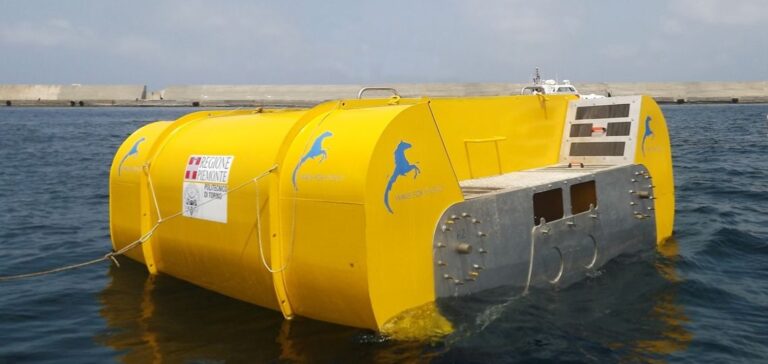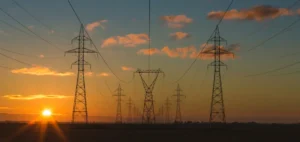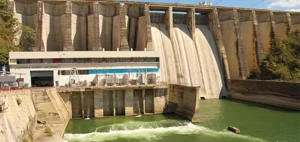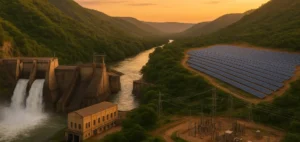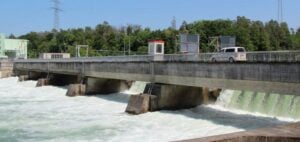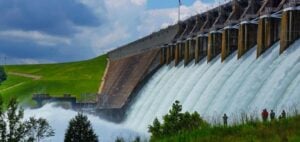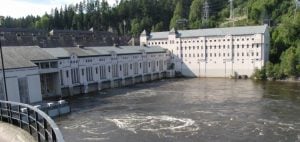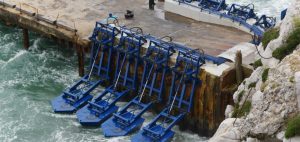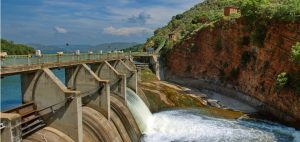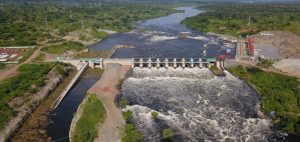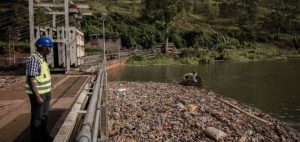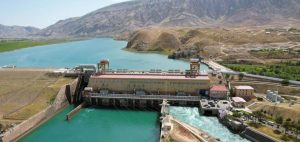Eni, in collaboration with the Politecnico di Torino and Wave for Energy, announces the implementation of a revolutionary device for the production of renewable electricity from sea waves. Called ISWEC (Inertial Sea Wave Energy Converter), this technology converts the movement of waves into electricity to power offshore infrastructure, remote islands or coastal communities.
Innovative technology for renewable energy production
ISWEC is an innovative device in the field of offshore renewable energy solutions, which converts wave motion into electricity. The device was designed to be optimized for the weather and ocean conditions of the installation site, using a genetic algorithm developed by Eni and based on the performance of the company’s ecological data center.
The device consists of an 8 x 15 meter steel shell that houses the energy conversion system, composed of two gyroscopic units, each over 2 meters in diameter. It is held in place on a seabed 35 meters deep by a specific mooring system that responds to weather and ocean conditions, consisting of three mooring lines and a rotating joint. The electricity produced is transmitted to land via an underwater power cable.
A renewable energy still largely untapped
Wave energy is one of the main types of renewable energy still largely untapped. Indeed, 70% of the Earth’s surface is covered by water, including 97% of seas and oceans. The energy that could be generated from waves is estimated to be about 2 terawatts globally, or a total of 18,000 terawatt-hours per year, almost equivalent to the world’s electricity demand. Wave energy is also more predictable, constant and of higher energy density than solar and wind energy because it is available day and night.
A promising technology for island decarbonization
The installation of ISWEC in Pantelleria is the first step towards the decarbonization of the island, in line with the energy transition agenda. ISWEC technology is part of Eni’s decarbonization plan and has been mentioned by the European Commission in its offshore renewable energy strategy as a key example of wave energy conversion. The device is also advantageous in that it can be easily incorporated into other offshore renewable energy generation systems, such as wind turbines, thereby improving the value of the connections of these systems.

